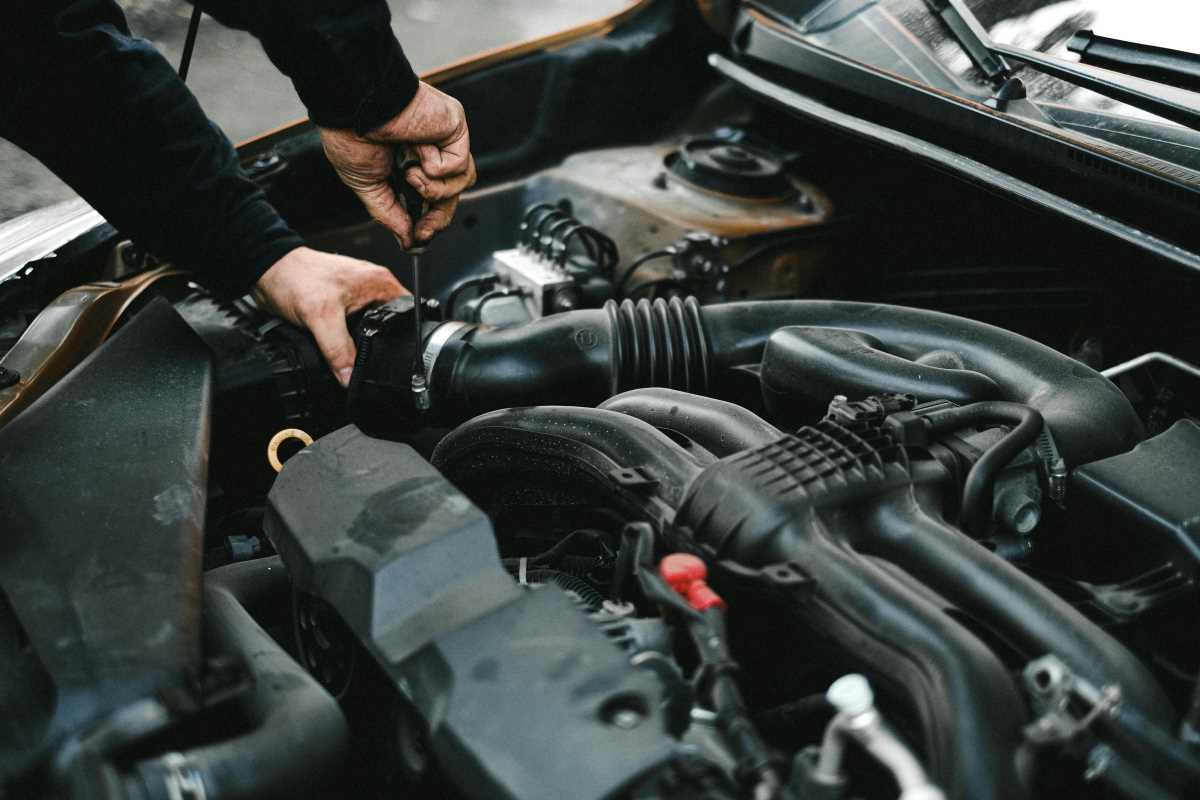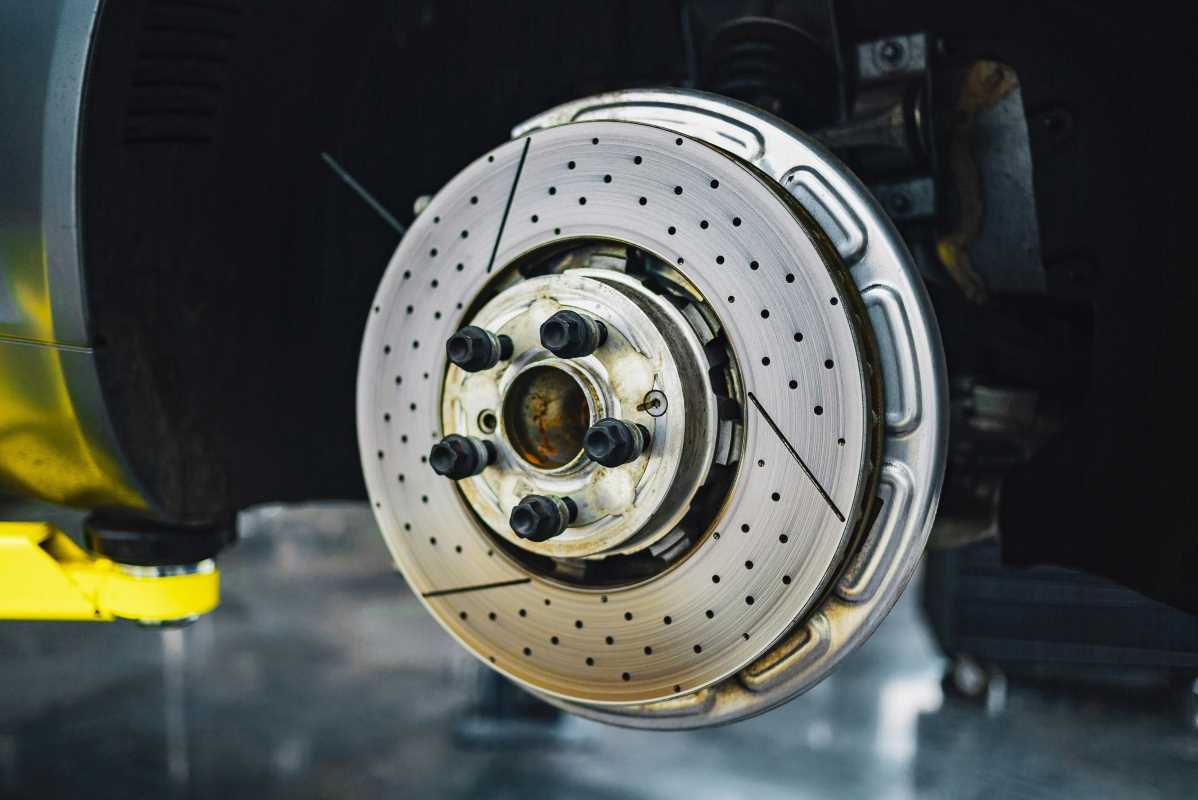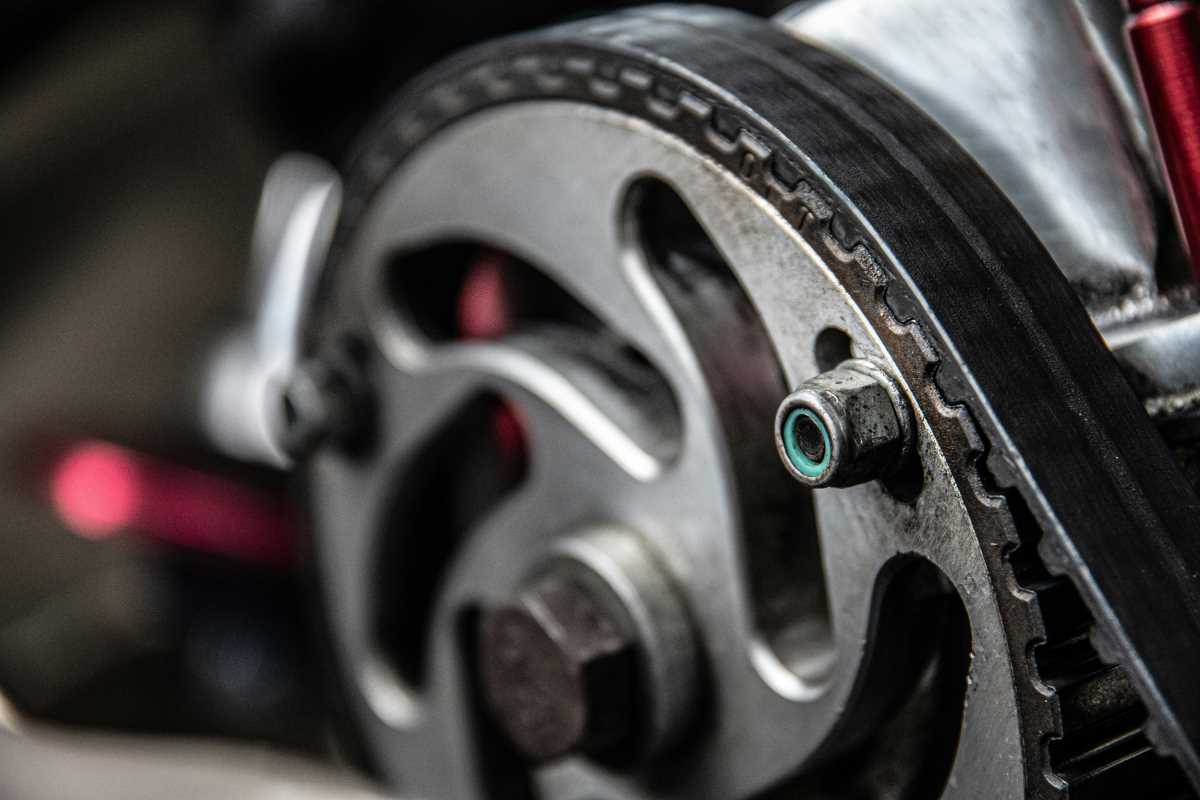Have you ever been stranded on the side of the road, staring at a smoking engine and wondering how this could have happened? What if your car could tell you it needed help before disaster strikes? Get ready to shift gears, because the future of car care is here, and it's all about being proactive, not reactive!
Welcome to the exciting world of proactive car maintenance, where cutting-edge technology helps you predict issues before they become expensive, time-consuming problems. This isn't just about changing your oil on time; it's about using smart tools to listen to what your car is saying. Let’s explore how you can save money, stay safer on the road, and keep your car running like a dream for years to come!
Why Wait for a Warning Light? The Power of Proactive Care
Traditional car maintenance is based on a reactive model. You either follow a generic mileage schedule or, worse, wait for something to break before you head to the mechanic. Proactive maintenance flips this script entirely. It uses data and technology to monitor your vehicle's health in real-time, allowing you to address small issues before they snowball into major repairs.
The benefits are truly amazing!
- Massive Cost Savings: A minor fix, like replacing a worn sensor for $100, is far cheaper than repairing the engine damage it could cause, which might run into the thousands. Proactive care helps you avoid these costly surprise repairs.
- Enhanced Safety: Many breakdowns are preceded by subtle warning signs. Predictive technology can flag potential failures in your brakes, tires, or engine, ensuring your car is always in the safest possible condition.
- Longer Vehicle Lifespan: A well-maintained car is a happy car. By consistently addressing minor issues, you reduce wear and tear on major components, which can add years to your vehicle's life.
- Peace of Mind: Imagine hitting the road for a long trip with complete confidence that your car is in peak condition. That’s the peace of mind proactive maintenance provides.
The Tech That Powers Predictive Maintenance
This revolution in car care is being driven by incredible advancements in technology. Your car is no longer just a collection of mechanical parts; it’s a sophisticated, data-generating machine. Let’s look at the tools that make predictive maintenance possible.
Onboard Diagnostics (OBD-II) Port: Your Car's Secret Messenger
Every car manufactured since 1996 is equipped with an Onboard Diagnostics (OBD-II) port. Think of it as a direct line of communication to your car's brain. Initially designed for emissions testing, this port is now a gateway to a wealth of information about your vehicle's health.
Plugging in a simple OBD-II scanner can give you diagnostic trouble codes (DTCs) that point to specific problems. But the real magic happens when you connect a smart device that continuously monitors this data stream.
Connected Car Apps and Devices
This is where things get really exciting! A new generation of plug-in devices and connected car apps transforms your smartphone into a powerful diagnostic tool.
- How They Work: You plug a small device into your car’s OBD-II port, which then uses Bluetooth or a cellular connection to send real-time data to an app on your phone.
- What They Track: These apps can monitor everything from your engine's health and battery voltage to your driving habits. They translate complex error codes into plain English, explaining what the problem is, how severe it is, and what you should do about it.
- Top Tools to Explore: Popular options like FIXD, Hum by Verizon, and Automatic provide real-time alerts for potential issues, maintenance reminders, and even crash detection.
The Rise of AI and IoT in Your Car
Artificial intelligence (AI) and the Internet of Things (IoT) are taking proactive maintenance to the next level. Modern vehicles are packed with dozens of sensors (the "things" in IoT) that constantly monitor everything from tire pressure to oil quality.
AI algorithms analyze the data from these sensors to detect patterns that signal an impending failure. For example, an AI system might notice a subtle change in your engine's vibrations or a slight dip in battery performance. While these changes are too small for a human to notice, the AI can flag them as an early warning sign that a part is beginning to wear out. It can then alert you to get it checked before it fails completely.
Automakers like Tesla and BMW are already using this technology to remotely diagnose issues and, in some cases, even deploy over-the-air software updates to fix them.
Actionable Tips to Become a Proactive Car Owner
You don't need to be a master mechanic to embrace proactive maintenance. Here are some fun and easy ways to get started today!
- Get to Know Your OBD-II Port: Your first step is to locate your car’s OBD-II port. It’s usually located under the dashboard on the driver's side. Knowing where it is opens up a world of diagnostic possibilities.
- Invest in a Smart Diagnostic Tool: For a relatively small investment, you can get a device like FIXD or a similar OBD-II scanner. These tools are incredibly user-friendly and can save you from unnecessary trips to the mechanic by helping you understand what that check engine light really means.
- Listen to Your Car: Pay attention to the sounds, smells, and feel of your vehicle. A new squeak, a strange smell, or a slight vibration can be your car's way of telling you something is wrong. Don't ignore these signs!
- Keep a Maintenance Log: Whether you use a simple notebook or a dedicated app, keeping a log of all your maintenance and repairs helps you stay organized and track your car's history.
- Don’t Skip the Basics: While technology is amazing, it doesn’t replace the need for regular visual checks. Make it a habit to check your tire pressure, oil level, and other fluid levels at least once a month.
 (Image via
(Image via





